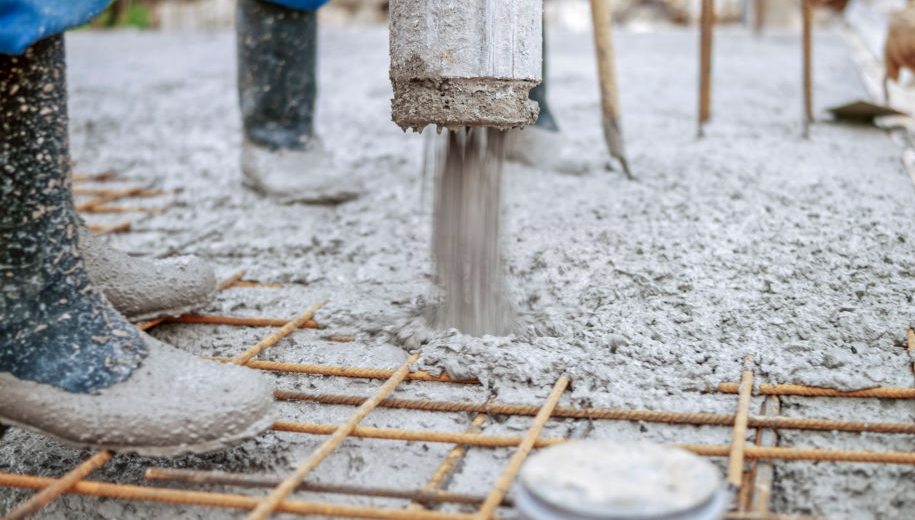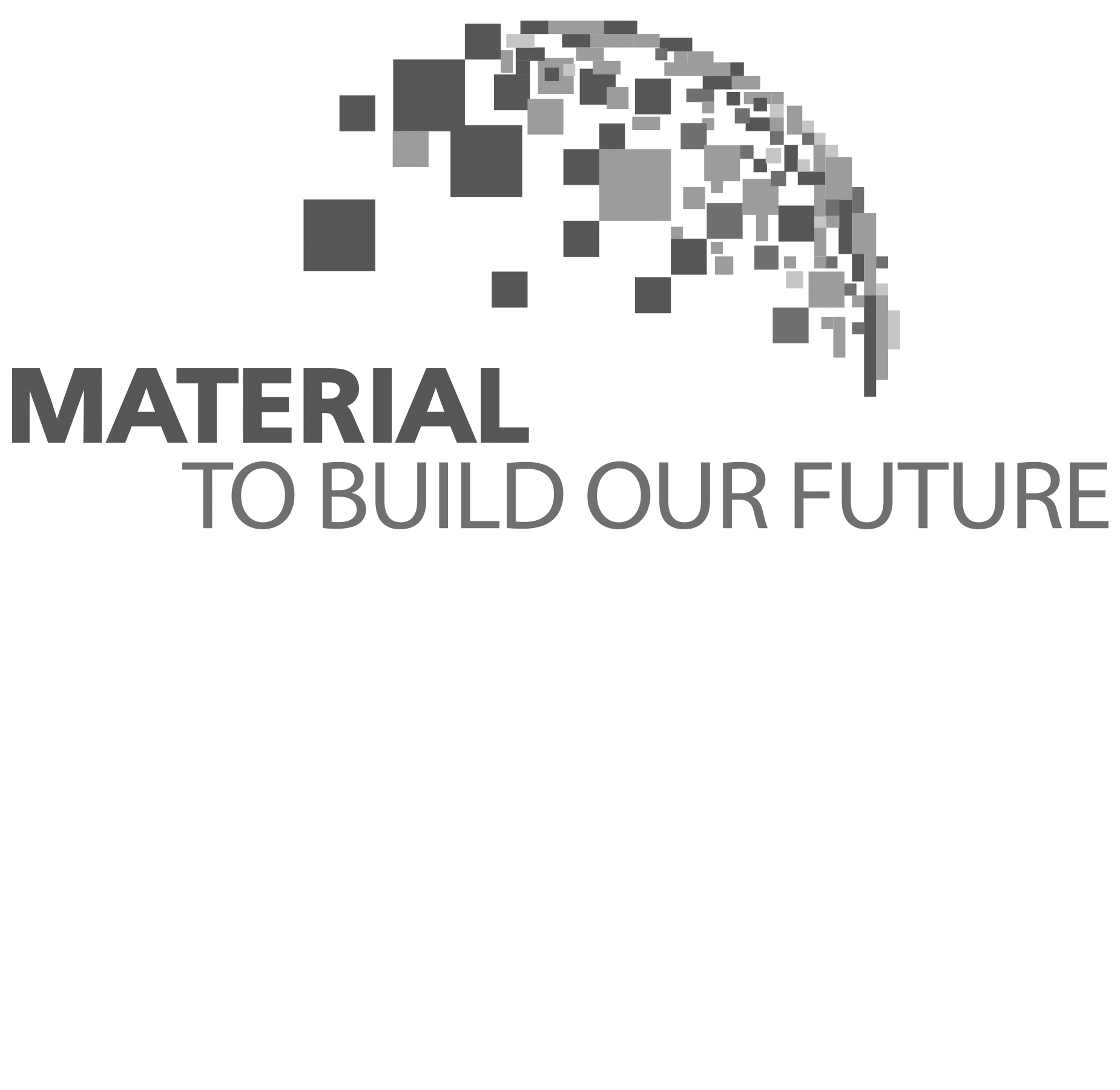
Understanding the Difference Between Cement and Concrete
Although the terms concrete and cement are often used interchangeably in our culture, they are not the same.
Which is better? Cement or Concrete?
While cement and concrete are always considered as the same product, they are not. In fact, cement is a component of concrete. Concrete is the final product utilized in building foundations, roads, houses and all types of other infrastructure. Concrete is essentially a mixture of paste and sand, gravel or crushed stones. In other words, cement is an essential part of the concrete, which leads to successful construction work.
What is Cement?
Cement acts as an adhesive in the concrete and provides the much-needed binding factor to the components present in concrete. Cement is a fine powder composed of crushed minerals like clay and limestone, which are important in binding concrete. A great variety of materials can be used to make cement.
In old times, cement was made of crushed bricks, burnt lime and volcanic ash. Nowadays, cement suppliers prefer Portland cement as it is used by the majority of the construction companies all over the world, including Malaysia. Portland cement is very cost-efficient as limestone and shales are easily available.
Types of Cement
There are five popular types of Portland cement.
- Type one Portland cement is used in construction for general reasons and does not require unique properties.
- Type two Portland cement comes with a reasonable sulfate resistance and is commonly used in North America,
- Type three Portland cement has the ability to gain strength quickly, compared to the first type of cement. Thus cement forms can be removed quickly, and the construction process is sped up.
- Type four Portland cement is used in large construction projects. It has a low hydration heat and gets strengthened at a slower pace.
- Type five Portland cement gets strong at a prolonged rate because it has very high sulfate resistance.
What is Concrete?
Concrete is the final output obtained after mixing cement, different components like limestone, sand, water and admixtures. Initially, concrete is wet and highly malleable. With time, it is solidified and gains strength and resilience. The very first usage of concrete is often attributed to the Roman Empire.
Composition of Concrete
The ingredients of concrete are usually common in different construction purposes. However, their quantity and quality vary, depending on the construction requirements, appearance and the strength needed for the structures.
There are many ready-mix concrete suppliers in Malaysia, such as Hanson that can provide quick and reliable concrete efficiently.
In general, concrete has four main components.
First component: Cement is used to act as a binder that holds all mixtures together. Different types of cement are used.
Second component: Aggregate is another essential part of cement. It includes sand, gravels, slag, recycled concrete and crushed stones.
Third component: Water is critical in cement. It is used for hydration – creating a chemical reaction with the cement. Water also aids in providing strength and resilience to the concrete.
Fourth component: Material added to the concrete before or during the mixing is called admixtures—for example, slags, fumes, superplasticizers and accelerators.
Types of Concrete
The type of concrete that is used in construction is heavily dependent on the requirements.
Some of the types of concrete are:
- Self-Consolidating Concrete (SCC) is highly malleable and can spread quickly. Water is used in high quantities in SCC.
- Polymer concrete uses a catalyst to hold the aggregate firmly. Instead of being poured at the construction sites, polymer concrete is pressed and used where corrosion resistance is required.
- Ready-mix concrete suppliers in Malaysia, such as Hanson Malaysia, offer ready-mixed concrete to its customers. Ready-mixed concrete is manufactured in plants and delivered to the construction sites with water. It helps in facilitating and speeding up the construction process.
- High-performance concrete, previous concrete and shotcrete are some of the other types of concrete.
The Importance of Concrete
Fortunately, the world has started to pay attention to sustainable and eco-friendly developments, and concrete has a huge role to play in eco-friendly construction. It can stand for several decades and get stronger with time. Concrete from old structures can be crushed to obtain aggregate components. It is also utilized in road bases.
Moreover, concrete is an energy-efficient construction material because of its inner thermal mass and capability to absorb heat. Similarly, recycled materials like slag cement can be added to the fresh cement for green and sustainable development.
Do you have more questions regarding cement and concrete? If you do, please do not hesitate to
